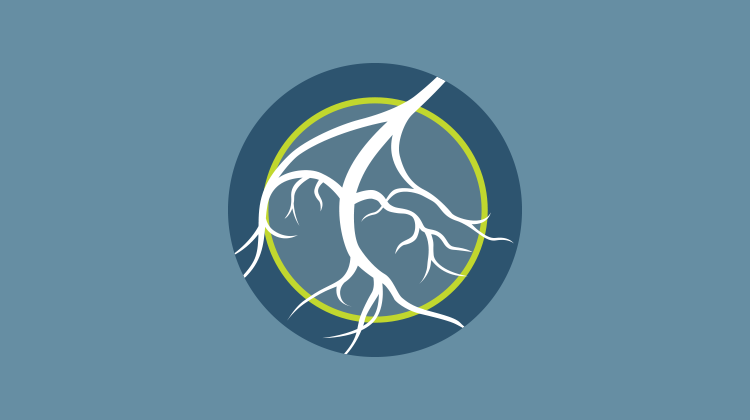HIV/AIDS
HIV/AIDS-related nerve damage
It is estimated that nearly one-third of people with HIV/AIDS experience some peripheral nerve damage. For patients with HIV/AIDS, peripheral neuropathy can by caused by the virus itself, by certain drugs used in the treatment of HIV/AIDS or other complications, or as a result of opportunistic infections (e.g., cytomegalovirus [CMV], candidiasis [thrush], herpes, tuberculosis). Neuropathy could also result from other associated causes, such as heavy alcohol consumption and vitamin deficiency.
.04%
0.4% of the adult population are living with HIV in the United States
1/3
About 1/3 of those with HIV/AIDS will develop PN
2%
2% of all PN cases are caused by HIV/AIDS
AIDS and HIV peripheral neuropathy symptoms patients usually experience include burning, stiffness, prickling, tingling, and numbness or a loss of feeling in the toes and soles of the feet. Sometimes the nerves in the fingers, hands, and wrists are also affected. Although relatively uncommon, pain above the ankles could indicate more severe nerve damage.
Peripheral neuropathy is a potential side effect of certain medications used to treat HIV/AIDS. Nucleoside reverse transcriptase inhibitors (NRTIs), or “d-drugs,” are most frequently associated with peripheral neuropathy.
This group of drugs includes:
- ddI: Didanosine, Videx®
- ddC: Zalcitabine, Hivid®
- d4T: Stavudine, Zerit®
Other forms of NRTIs (3TC [Epivir®, AZT [Retrovir®], and abacavir [Ziagen®], along with non-nucleoside reverse transcriptase inhibitors (NNRTIs) and protease inhibitors, are not generally associated with peripheral neuropathy.
Hydroxyurea (Droxia®, Hydrea®), a drug used to treat cancer that may also help certain anti-HIV drugs work better, appears to increase the risk of peripheral neuropathy
Other drugs used in the treatment of HIV-related disorders that can increase the chance of developing peripheral neuropathy include:
- Dapsone, used for pneumocystis pneumonia (PCP)
- Isoniazid, (INH, Nydrazid®), used to treat tuberculosis
- Metronidazole (Flagyl®), used to treat amoebic dysentery and microsporidiosis
- Vincristine (Oncovin®), used for Kaposi’s sarcoma (KS) and non-Hodgkin’s lymphoma
- Thalidomide, used to treat cancers, wasting syndrome and severe mouth ulcers
- Ethambutol (Myambutol®), used to treat Mycobacterium avium complex (MAC) and other bacterial infections
Peripheral neuropathy caused by these medications can often be treated by reducing the dosage or withdrawing the drug. Although it can take several months for the nerves to completely heal after discontinuing these treatments, the patient may start to feel better within a few weeks. In extreme cases, the nerve damage may be permanent.
Symptoms & Signs
(Not all symptoms and signs may be present)
- Mild-to-severe pain
- Sensations in feet and toes, including:
- Burning
- Numbness
- Tingling
- Stiffness
Evaluation & Tests
(Not all evaluation and tests may be necessary)
For peripheral neuropathy:
- Neurological exam
- Electromyography
- Nerve conduction velocity test
For HIV/AIDS:
- Blood tests
Treatment & Therapy
(Not all treatments and therapies may be indicated)
- Discontinue drugs that cause peripheral neuropathy
- Institute non-drug treatments to reduce pain, such as:
- Avoiding extended periods of standing or walking
- Wearing looser shoes
- Soaking feet in ice water
- Maintain adequate nutrition
- Pain medication
- Take safety measures to compensate for loss of sensation
- Ask your doctor about special therapeutic shoes (which may be covered by Medicare and other insurance)
Resource library
Read our newsletter and explore educational brochures to help expand your knowledge of peripheral neuropathy.

